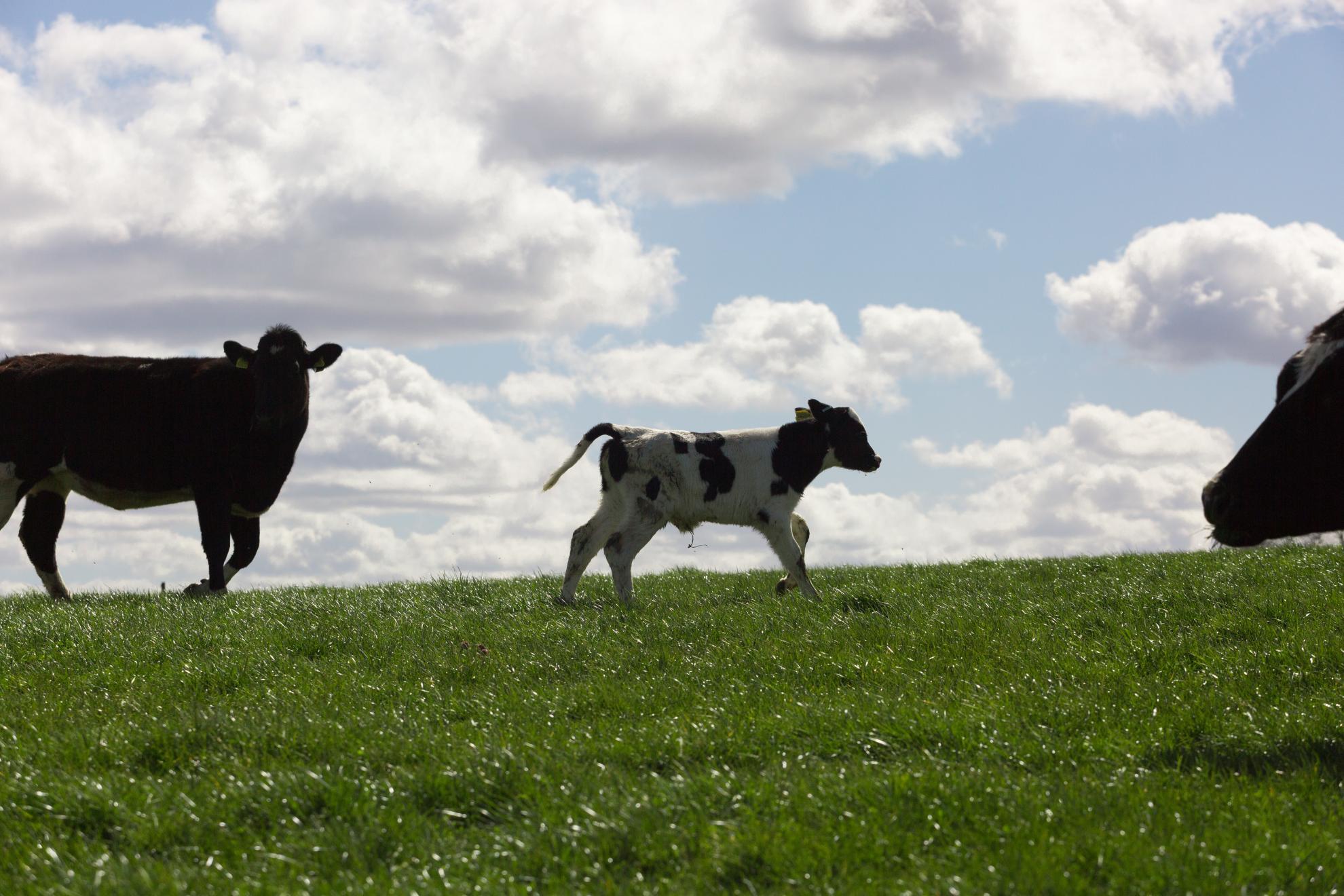Evidence for a genetic basis of urogenital carcinoma in the wild California sea lion
Although neoplasia is a major cause of mortality in humans and domestic animals, it has rarely been described in wildlife species. One of the few examples is a highly prevalent urogenital carcinoma in California sea lions (CSLs). Although the aetiology of this carcinoma is clearly multifactorial, inbreeding depression, as estimated using levels of microsatellite multilocus heterozygosity, is identified as predictive for this neoplasia. On further analysis, this relationship appears to be largely driven by one marker, suggesting that a single locus might be associated with the occurrence of this disease in CSLs. In a casecontrol study, carcinoma was significantly associated with homozygosity at the Pv11 microsatellite locus. Pv11 was mapped to intron 9 of the heparanase 2 gene (HPSE2) locus, a very large gene encoding heparanase 2, which in humans is associated with multiple carcinomas. Correspondingly, immunohistochemical labelling in tissues was present in carcinoma cases within a single homozygous Pv11 genotype. To our knowledge, this is the first report of an individual locus being associated with cancer in any wildlife species. This adds emphasis to the study of HPSE2 in other species, including humans and will guide future studies on this sentinel species that shares much of its diet and environment with humans
Back to publications
